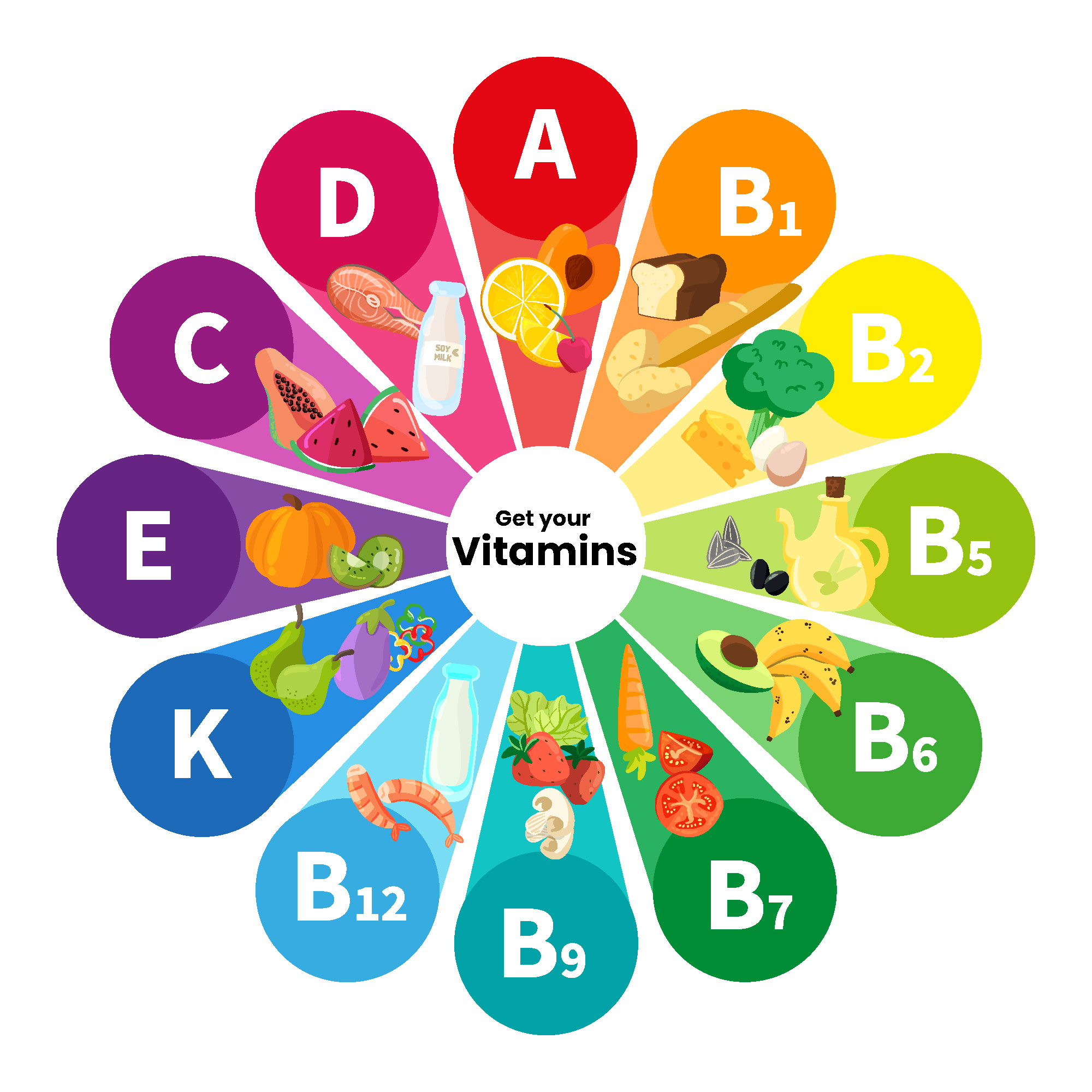Gluten is often at the center of dietary debates and health discussions. Many people wonder what gluten really is and how it affects their health.
This article tackles the misconceptions around gluten, revealing its impact on various diets and health conditions.
We will delve into what gluten is, examine its health effects, and provide insights on how to navigate a gluten-free diet successfully.
Content
ToggleWhat is Gluten?
What is Gluten? Gluten is a mixture of proteins found in wheat and related grains. It is responsible for the elastic texture of dough.
Gluten helps bread rise and maintain its shape while also giving it a chewy texture.
There are two primary proteins in gluten: glutenin and gliadin. Glutenin provides elasticity, while gliadin is responsible for the rising ability of the dough. When water is added to flour, these proteins interact and form gluten.
Sources of Gluten
Gluten is present in many foods, particularly those made from wheat, barley, and rye. Common sources include bread, pasta, cereals, and baked goods.
It’s important to note that gluten can also be found in some processed foods where it is used as a stabilizing agent.
Who Should Avoid Gluten?
While gluten is safe for most people, those with certain medical conditions need to avoid it.
For example, individuals with celiac disease experience severe reactions to gluten, which can cause intestinal damage. Others may have non-celiac gluten sensitivity, which leads to discomfort when consuming gluten.
Gluten-Free Options
With the rise in awareness about gluten-related disorders, many gluten-free alternatives are now available. These include gluten-free grains like rice, quinoa, and corn.
Additionally, plenty of fruits, vegetables, and lean proteins are gluten-free and provide nutritious options for those avoiding gluten.
Health Effects of Gluten Consumption
Understanding the health effects of gluten consumption is important for many people. For most individuals, gluten is a safe part of the diet.
However, some people can have negative effects when they consume gluten.
Celiac Disease
People with celiac disease cannot eat gluten. This autoimmune disorder leads to serious health problems if gluten is ingested.
The immune system attacks the small intestine, causing malabsorption of nutrients, digestive issues, and long-term health complications.
Non-Celiac Gluten Sensitivity
Some individuals may not have celiac disease but still suffer from non-celiac gluten sensitivity.
These individuals experience symptoms such as bloating, abdominal pain, and fatigue when consuming gluten.
These cases are less understood but can impact a person’s quality of life.
Potential Impact on Gut Health
Consuming gluten may affect gut health even in those without specific gluten disorders. Some studies suggest that gluten can create inflammation in the gut for certain individuals.
This may lead to issues like irritable bowel syndrome (IBS) or other gastrointestinal disorders.
Benefits of Reducing Gluten
For those who are sensitive to gluten, reducing or eliminating it can lead to health improvements.
Many individuals report better digestion, increased energy levels, and overall improved well-being when following a gluten-free diet.
Navigating a Gluten-Free Diet
Navigating a gluten-free diet can seem challenging, but with the right knowledge, it becomes manageable.
First, it’s crucial to identify foods that contain gluten, which is found in wheat, barley, and rye. Common items like bread, pasta, and many processed foods often contain gluten.
Reading Labels
Learning to read food labels is essential for a gluten-free lifestyle. Look for products labeled “gluten-free”. Always check the ingredient list for hidden sources of gluten, such as malt, breadcrumbs, and some sauces that may use wheat as a thickener.
Gluten-Free Substitutes
Many gluten-free alternatives exist for staple foods. For instance, replace regular pasta with quinoa, rice noodles, or gluten-free pasta.
When baking, consider using almond flour, coconut flour, or specially made gluten-free flour blends.
Meal Planning and Preparation
Meal planning can greatly help in managing a gluten-free diet. Prepare meals at home using fresh ingredients to ensure they are free from gluten.
Experiment with recipes that celebrate naturally gluten-free foods like fruits, vegetables, meats, and legumes.
Dining Out
When eating out, don’t hesitate to communicate your dietary needs to the staff. Many restaurants now offer gluten-free options, but it’s essential to confirm that cross-contamination won’t occur in the kitchen.
In Summary: Embracing a Gluten-Free Lifestyle
Navigating a gluten-free diet involves understanding what gluten is and the health effects it can have on some individuals.
For those with celiac disease or gluten sensitivity, avoiding gluten is essential for maintaining good health.
By learning to read labels, using gluten-free substitutes, and planning meals effectively, anyone can manage a gluten-free lifestyle with confidence.
When dining out, communication is key to ensuring a safe and enjoyable eating experience.
Ultimately, embracing a gluten-free diet can lead to a healthier lifestyle, and with the right tools and knowledge, it can be a positive and rewarding choice.
FAQ – Frequently Asked Questions about Gluten and Gluten-Free Diet
What is gluten?
Gluten is a mixture of proteins found in wheat, barley, and rye that helps food maintain its shape and chewy texture.
Who should avoid gluten?
Individuals with celiac disease and those with non-celiac gluten sensitivity should avoid gluten to prevent health issues.
What are the health effects of gluten consumption?
For those with gluten-related disorders, consuming gluten can lead to digestive problems, fatigue, and long-term health complications.
How can I navigate a gluten-free diet?
Reading labels, using gluten-free substitutes, meal planning, and communicating your dietary needs while dining out are essential for managing a gluten-free diet.
Are there gluten-free alternatives for everyday foods?
Yes, many gluten-free alternatives exist, including rice, quinoa, and special gluten-free flour blends for baking.
How can I ensure gluten-free dining when eating out?
Always communicate your dietary needs to the restaurant staff and ask about gluten-free options and cross-contamination prevention measures.



